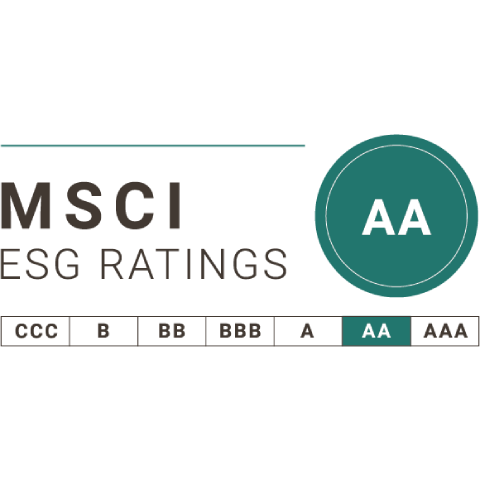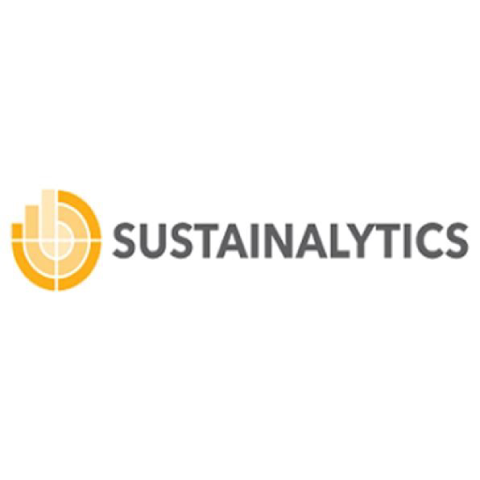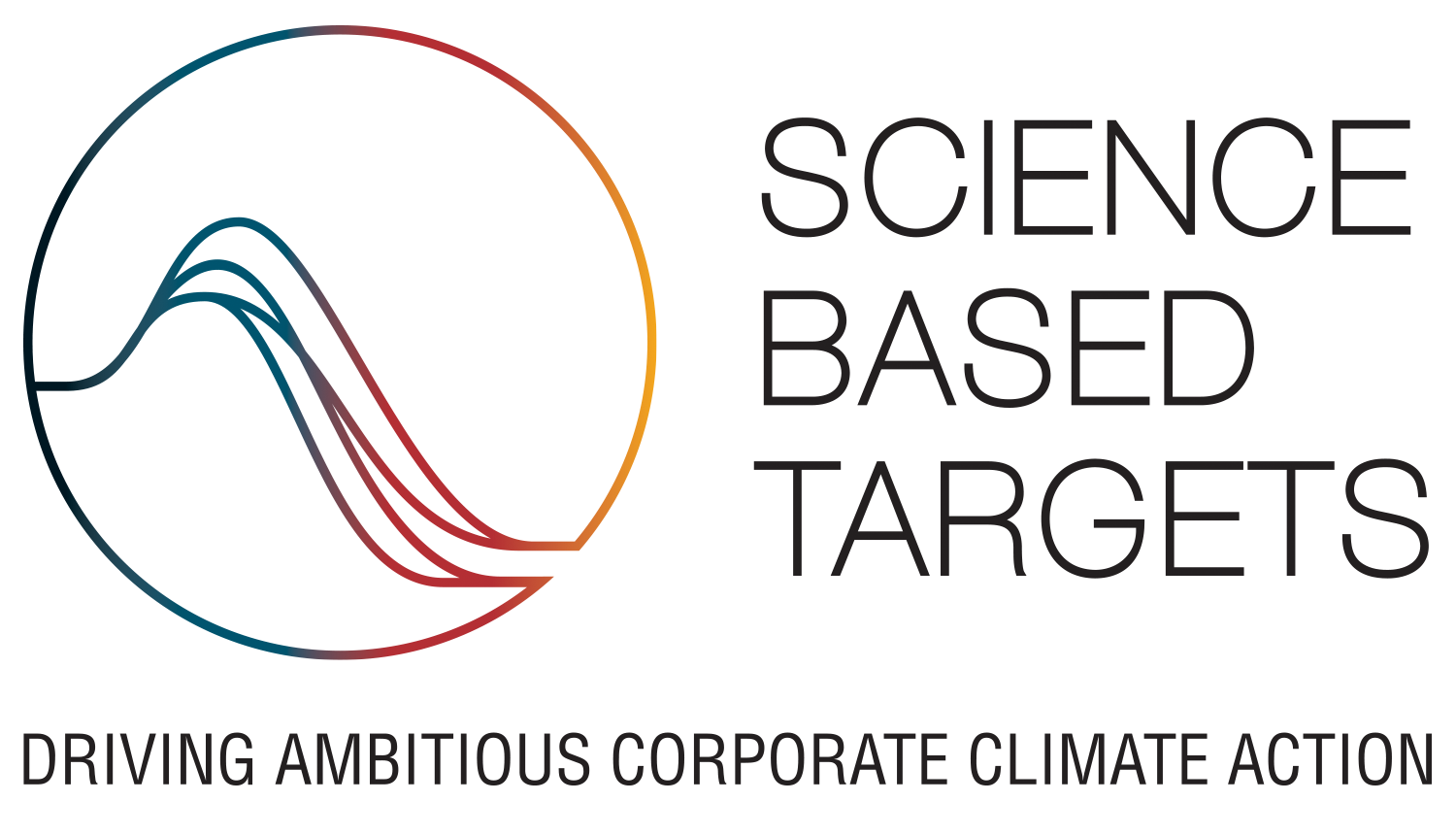Safety is our number one priority which is why the Group places it above everything else. The Group has a comprehensive sustainability roadmap that sets out its ambitions and action plans through to 2030 under the three pillars of sustainable operations, sustainable culture and sustainable solutions.
Our Group Health, Safety & Sustainability Director recently produced two short videos explaining how Tyman's approach to setting sustainability metrics and targets, and how the Board have been engaged to ensure they understand and are aligned with Tyman's sustainability journey. Click on the following links to view these videos:
TPT Case Study: Tyman's approach to setting Metrics and Targets - YouTube
TPT Case Study: Tyman's Board engagement journey - YouTube
Tyman’s sustainability pillars align with and reinforce the Group’s Focus-Define-Grow strategy ensuring sustainability is embedded across our business, in the way we work and in our products.
Sustainable Operations
Our ambition is to transform our health, safety and environmental performance through operational excellence.
Sustainable Culture
Our ambition is to be recognised as an employer that people want to work for.
Sustainable Solutions
Our ambition is to offer more innovative products and services to help our customers reach net zero, promote circularity and create safer, more inclusive communities.
The Group aims to reduce its absolute scope 1 and scope 2 GHG emissions by 46.2% by 2030 from a 2019 base year and reduce absolute scope 3 GHG emissions from purchased goods and services by 27.5% within the same timeframe. These near-term targets have been validated by the Science Based Targets initiative (SBTi) and represent a key milestone in the Group’s sustainability strategy, which was initially developed in 2020 following a thorough review of the sustainability landscape, risks and opportunities. Achieving these targets will require a holistic approach to energy efficiency, the procurement of certified renewable electricity, transitioning to battery electric vehicles, the deployment of renewable energy technologies such as solar and other product-related innovations including design changes and the selection of lower carbon materials.
Updates on progress against these targets and more detail on the climate-related risks and opportunities facing the Group in its TCFD statement, can be found in Tyman’s Annual Report and Accounts. In addition to decarbonising its own operations, Tyman will also benefit from the net-zero transition of the built environment with more energy efficient doors and windows being part of the solution in a more sustainable future.
The Group’s value chain carbon emissions for its 2019 baseline year are set out below.
Value Chain Carbon Footprint (2019)
The Tyman Sustainability Data Table captures the Group's performance data. More information is available below on how the Group’s sustainability roadmap was developed, including its materiality process, how the roadmap aligns to the UN Sustainable Development Goals and the basis of reporting for limited assurance of select KPIs.
Read Materiality Assessment Tyman and the SDGs Sustainability Data Table 2030 Roadmap



